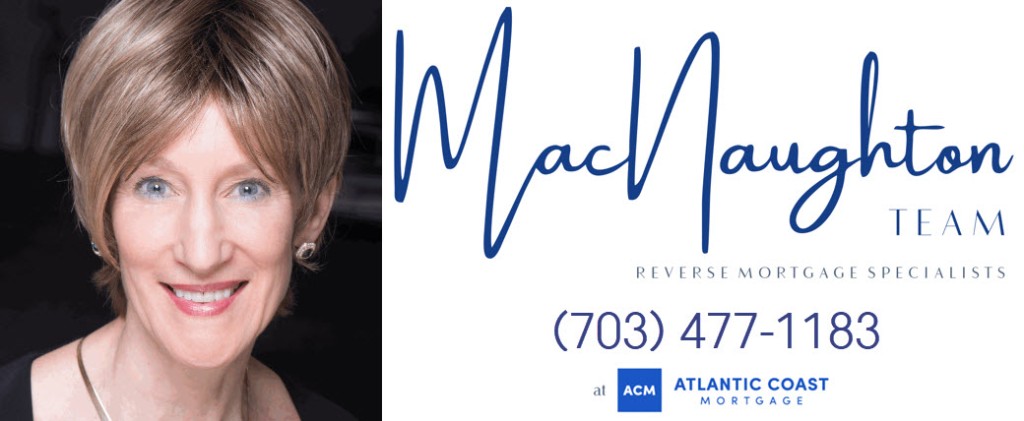Laurie MacNaughton © 2020
Let’s have a go at Jeopardy. The answer is: “Ten million.” The question? “How many Americans lost their home in the Great Recession?” Ding, ding, ding – you’re right. Ten million.
During the Great Recession it took nearly two years before the US saw the first 1.6 million homeowners fall delinquent on their mortgage. That many homeowners fell delinquent on their mortgage in April 2020 alone. On top of that, some 4.7 million homeowners are currently in forbearance, representing some $1 trillion in unpaid principal balances, according to Black Knight, a mortgage analytics aggregator. Out of that number, less than 30% report having funds on hand to catch up. That ten million from the Great Recession? By early next year it potentially could look like child’s play.
Just like in any crisis, the most vulnerable are hit first, hit hardest, and suffer longest. Included in this group are our youngest homeowners, our communities of color, and our hourly wage-earners, all of whom are likely to have little in savings. And then there are our aging homeowners. Homeowners who worked their entire lives. Homeowners whose largest asset may well be their home. Homeowners who were planning to retire in the next year or two. These homeowners – these are those for whom losing a home may well mean a rewrite of the whole retirement chapter.
We’ve already watched how this scenario rolls. We already know this pre-retirement demographic may not ever fully financially recover if the US drops into an extended recession.
Here’s the classic scenario: husband, wife, or both lose a job, and finances get tight. Rather than falling behind on the mortgage they begin to tap into their savings, and then into their investments, to meet their monthly mortgage payment. By the time they reach out for professional help, their options are severely limited.
So what are realistic options?
If they’re lucky, adult kids can help. However, rarely is this the best option, as bankrolling mom and dad means the kids are using dollars they should be saving for their own retirement. On top of that, adult kids may also be scrambling right now, as many professional positions have been hard hit.
A second option is to sell the home and rent, so long as there are no illusions it’s truly going to be cheaper in the long run. A recent analysis put out by Trulia, the online real estate consolidator, states that after six years buying is cheaper than renting. Additionally, rents in many metro area currently are quite high, and doubtless will climb higher still as foreclosures limit supply. Nonetheless, there are those for whom renting may be the strongest option.
Another option to consider: “Golden Girl” style communal living. This has been a trend among aging women for the better part of two decades, and these arrangements can meet both financial and social needs. In fact, in happiness quotient studies, communal housing generally scores very well.
For some, a reverse mortgage will be their saving grace. If homeowners have income enough to pay property taxes and homeowner’s insurance for the long run, not only is reverse mortgage a strong option, but it may be the ideal option. For the three people left on the globe not familiar with reverse mortgage, here it is in a nutshell: it’s a home equity loan. Punto. It’s a home equity loan that’s repaid on the backend, in reverse, and it is this feature that typically makes it an ideal fit. If there is 50% equity or greater, and if at least one spouse is 62 or older, a reverse mortgage can mean the difference between losing a home and retaining the home.
In one way or another, everyone in has been affected by this pandemic – and it ain’t over yet. In fact, when it comes to the economy in general, and housing in particular, the worst may be yet to come. We’re all going to find ourselves helping others, even if that just means passing on information.
A reverse mortgage is not a fit for everyone. And it’s not going to help everyone. But it’s going to be the solution for many homeowners, aged 62 or older, who otherwise might lose their home.
If you would like more information for a client, friend, or family member, give me a call. I always love hearing from you.










